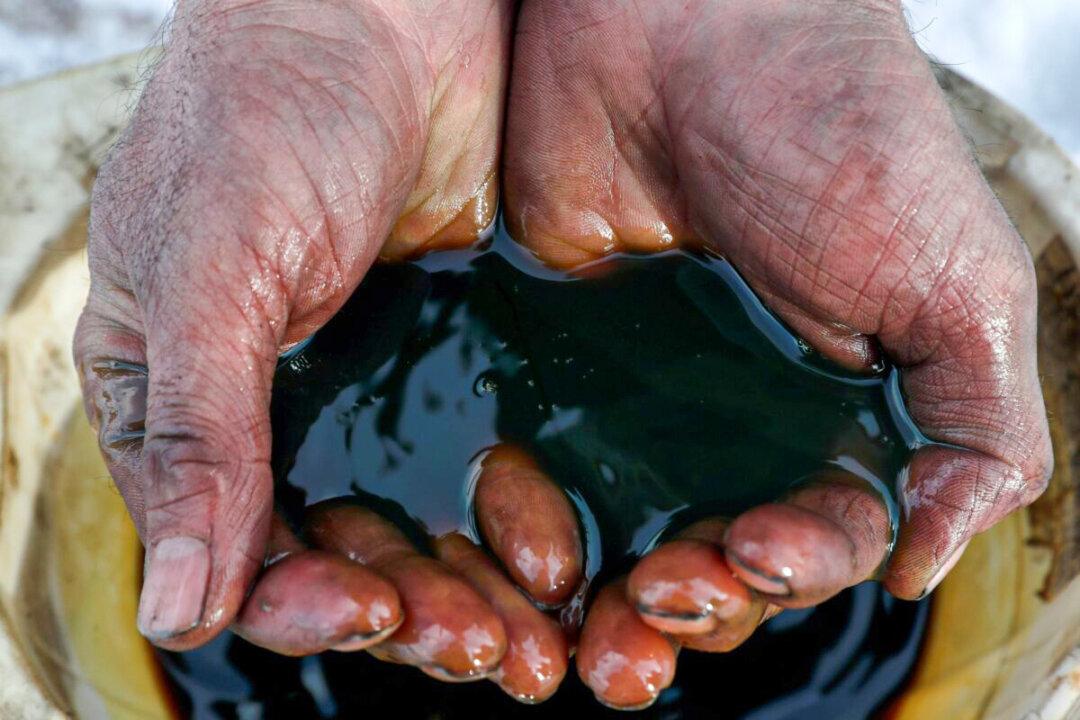Russia’s seaborne crude exports rose in the week of April 16–22, potentially serving to further bolster President Vladimir Putin’s invasion of Ukraine.
Forty tankers loaded about 28 million barrels of oil from Russian export terminals in that week, according to vessel-tracking data and port agent reports collected and analyzed by Bloomberg.




